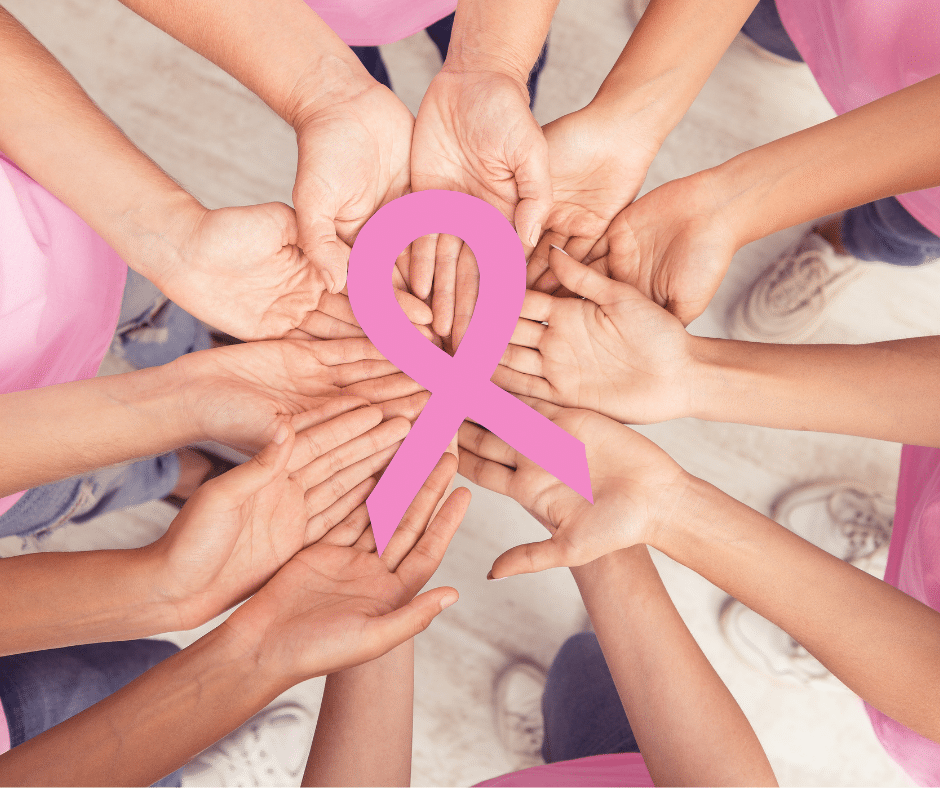Community Health & Wellness
Wellness Wednesday | Your guide to preventative care and education during Breast Cancer Awareness Month
Breast Cancer Awareness Month is not about wearing pink ribbons and booking a mammogram. Its purpose is much more in-depth and nuanced. As with all health conditions, Gig Harbor Primary Care is here to educate and support you and your loved ones with preventative care first. That education starts with learning some facts and statistics. Please keep reading to learn more.
Health & Wellness Sponsor
Health and Wellness stories are made possible in part by Virginia Mason Franciscan Health, a proud sponsor of Gig Harbor Now.
- 1 in 8 women in America will be diagnosed with breast cancer at some point in their life.
- It’s estimated in 2024, 310,720 women and 2,800 men will be diagnosed with invasive breast cancer.
- Approximately 42,250 U.S. women will die from breast cancer this year alone.
- There are currently over 4 million breast cancer survivors in America.
With this information, it becomes essential to learn and understand how breast cancer develops, what to look for and preventative measures you can take to be in control of your health.

October is Breast Cancer Awareness Month.
What is breast cancer, and how does it develop?
Cancer, in general, is when abnormal cells develop, and rather than your body attacking them to stop their growth, they spread and invade surrounding tissues in your body. Breast cancer specifically involves the abnormal growth of breast tissue cells that invade surrounding healthy cells and cause a lump to form, which turns malignant rather than benign.
The precise cause of each different type of breast cancer in different people cannot be pinpointed exactly. However, damage to a cell’s DNA is a common factor. A person’s risk factors can vary due to things within their control (alcohol consumption, smoking, lifestyle choices, etc.) and outside of their control (family history, BRCA gene presentation, never having children, etc.)
What steps can you take to detect early-stage breast cancer?
It’s important to perform regular at-home self-breast exams so you understand what is “normal” for you. It is common to notice a lump, experience tenderness or pain, and notice changes to the nipple as early warning signs. If you notice any of these symptoms, please contact your primary care provider and have a clinical breast exam done. Your health-care professional will then be able to suggest additional testing options, such as a mammogram, ultrasound, MRI or biopsy. Early detection is key to high success rates in treating this disease. Don’t wait if you notice anything abnormal during a self-breast exam.
Preventative steps against breast cancer
Healthy lifestyle habits are within your control and can help you prevent diseases, including breast cancer. Some of these healthy habits include:
Stop Smoking or Don’t Start: This also includes vaping and any intake of tobacco products.
Eat Your Fruits & Veggies: Studies have shown that eating 3.5 to 5 cups of fruits and vegetables each day can help reduce your risk of cancer.
Get Moving: It’s been documented that physically active women reduce their risk of breast cancer. Aim for at least 30 minutes of physical activity daily.
Reduce Alcohol—Alcohol consumption is linked to a variety of health conditions, cancer included. Limiting the amount of alcohol you drink can lower your risk.
Book Those Screenings: Especially if you are aware of a family history of breast cancer, it’s essential to schedule and attend regular screenings with your healthcare provider.
The Wellness Wednesday column is written by Scot Fleshman, an advanced registered nurse practitioner and board-certified family nurse practitioner. Fleshman and his wife, Jessica Hopkins, own Gig Harbor Primary Care.

